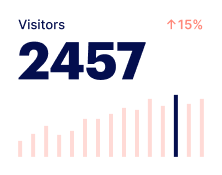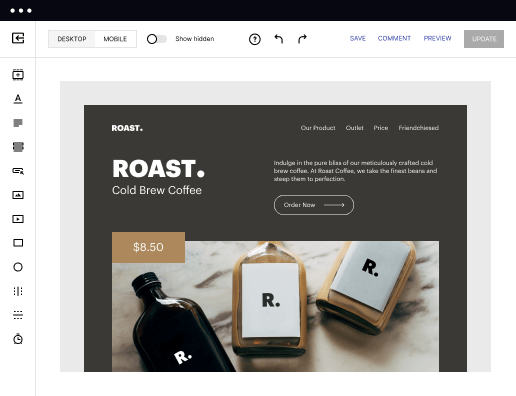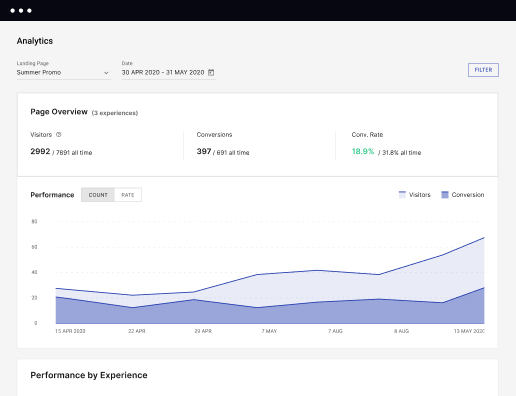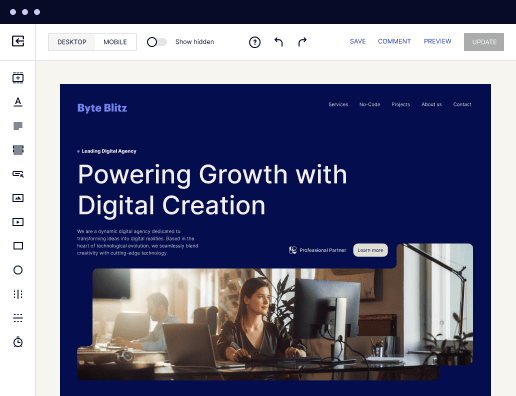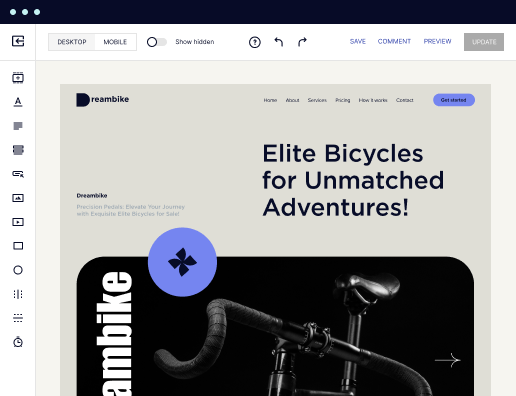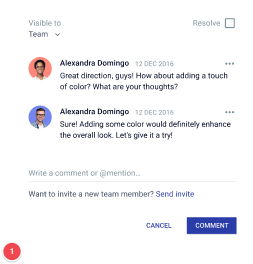Make your index page designed for Ubuntu
Instapage empowers you to reduce costs, increase conversions, and deliver meaningful experiences on Ubuntu.
Create your index page on Ubuntu with Instapage
Creating an index page on Ubuntu can seem challenging at first, but with Instapage's user-friendly platform, marketers can easily build effective landing pages that drive conversions. This guide walks you through the process step-by-step, ensuring that you create a relevant landing page that enhances customer loyalty and brand trust.
Step 1: Choosing the Right Layout
Start by selecting a layout from Instapage’s library of over 100 conversion-focused designs. These templates are optimized to improve user engagement and conversion rates.
- High-conversion layouts: Select templates designed to attract attention and drive action.
- Industry-specific designs: Filter templates based on your vertical, such as Tech/SaaS or Business Services.
- Flexible customization: Easily modify text, images, and call-to-action buttons without coding.
Step 2: Optimizing for Performance
Next, optimize your landing page for conversions using Instapage's built-in experimentation features.
- Utilize A/B testing: Experiment with different elements to compare performance and select the best version.
- Detailed heatmaps: Analyze how users interact with your page to pinpoint areas for improvement.
- Analytics dashboard: Track page metrics to assess your landing page performance continuously.
Step 3: Personalizing the Experience
Make your landing page resonate with visitors by personalizing the content.
- Dynamic text replacement: Tailor content to reflect the search terms that brought users to your page.
- AdMaps: Align ads with relevant landing pages for cohesive user experiences.
- Audience-level tracking: Use data tools to evaluate performance based on unique audience segments.
By following these steps, you can create a powerful index page on Ubuntu that not only meets your marketing needs but enhances user engagement.
Start applying these techniques today with Instapage to see immediate improvements in your marketing campaigns.
For an engaging landing page experience that converts, try Instapage's easy-to-use platform now!
Get more out of Create your index page on Ubuntu
Improve your Quality Score with quick load technology for landing pages
Increase conversions with content that aligns with your ads and audiences
Achieve maximum ROI by scaling your marketing initiatives
Leading the way in building high-performing landing pages





FAQs
See how to create your index page on ubuntu in action
Ready to skyrocket conversions?
Supercharge your ad campaigns with high-performing landing pages.
Get started
